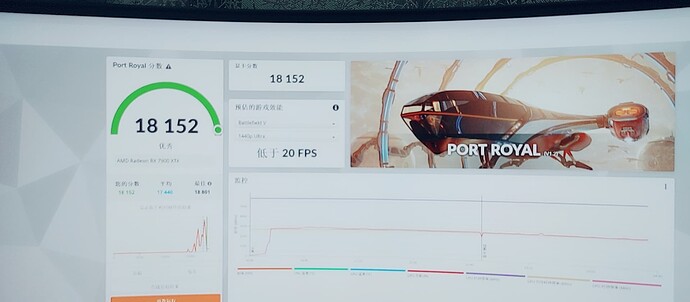Attendees
- Brecht Van Lommel (Blender)
- Weizhen Huang (Blender)
- Thomas Dinges (Blender)
- Patrick Mours (NVIDIA)
- William Leeson
- Michael Jones (Apple)
- Brian Savery (AMD)
- Colin Marmond
Notes
- Blender 3.5 release is near. One last minute issue was found in OpenImageIO, where multithreaded Cycles image texture loading would crash. This is still planned to be fixed.
- Sergey and Brecht started working on light linking support in Cycles, because this is a widely requested feature and to test in on an upcoming open movie with the Blender Studio. There’s a basic inefficient version working. The main challenges to resolve a good user interface on the Blender side, and making it work efficiently with the light tree.
- Weizhen worked on speeding up the light tree building with multithreading, to help reduce wait times when starting to render or changing the scene geometry. On a test scene with heavy geometry, the main branch is now 11x faster on a 20 core machine.
- Based on a request from the Blender Studio, Weizhen worked on improving some cases with bump and normal mapping where Eevee gave better results than Cycles. The main change is that a diffuse and specular BSDFs now use different methods, darkening for diffuse BSDFs and keeping the reflected vector above the surface for glossy BSDFs.
- William submitted a pull request for faster geometry updates and Brecht reviewed it. There was some discussion about the implementation details of this, how best to structure things. In particular multi-device rendering would ideally be as abstracted from the host side as much as possible. Details will be in the pull request review.
- Brian reports that AMD is testing a fix for the compiler that is keeping the HIP kernels disabled for now. This has to go through some validation, but expected is there will be something for Cycles developers to test in a few weeks.
- The AMD HIP-RT patch was updated, Brecht reviewed the latest state. The two questions were around some hardcoded values for per thread memory (which may be ok for now while a better solution is looked at in the HIP-RT library), and some code that could move from the Cycles kernel to hipew since it’s about the HIP API (this is being looked at).
Other News
Practical Info
This is a weekly video chat meeting for planning and discussion of Blender rendering development. Any contributor (developer, UI/UX designer, writer, …) working on rendering in Blender is welcome to join and add proposed items to the agenda.
For users and other interested parties, we ask to read the meeting notes instead so that the meeting can remain focused.
- Google Meet
- Google Calendar Event
- Next Meeting: April 4 2023, 5 to 6 PM Amsterdam Time (Your local time: 2023-04-04T15:00:00Z)

